Laelia coenosa
(Hübner, [1808])
-
 Subfamily: Lymantriinae, Orgyiini
Subfamily: Lymantriinae, Orgyiini -
 Wingspan: 35-50 mm
Wingspan: 35-50 mm -
 Flight period: May - Sep
Flight period: May - Sep -
 Spread: Uncommon
Spread: Uncommon -
 Host plants: Poaceae, Cyperaceae
Host plants: Poaceae, Cyperaceae
Information
The Laelia coenosa is a moth of the Erebidae family, subfamily Lymantriinae, with a wingspan of 35-50 mm.
Visible in most of Europe, it is absent from Portugal, Ireland, Switzerland, Finland, Norway, Latvia, Estonia and Albania.
In Italy it is absent from the islands. *
It is also found in North Africa, Asian Russia and Asia up to Japan.
The front wings of the males of Laelia coenosa are whitish with a slight ocher tinge, sometimes with a few darker weak points.
In the females the front wings are whitish or pure white. In both sexes the posterior wings are white with ocher or brownish shades in the males
The sexual dimorphism is given, besides as already said by the color, by the antennae which in the males are feathered, while in the females they are serrated.
The legs and palps range from yellowish to yellow. Outstretched, thorax, and abdomen are white with ocher shades and ocher in males, completely white in females.
In Italy the Laelia coenosa flies in two generations May / June and August / September, but, north of the Alps, there is only one generation
with flickering especially in July.
Laelia coenosa inhabits wetlands such as burial areas, nutrient-rich swamps or laden areas. It overwinters at the caterpillar stage.
The caterpillars are yellowish with gray / whitish tufts of hair, when it matures it presents laterally black marks and orange spots, in the previously whitish yellow areas.
Blackish brown tufts of elongated hair are visible in segments 2 and 12. Bristle-like, light yellow tufts of hair are visible in the fifth to eighth segments. **
The chrysalis is brown in color with the exception of the abdominal segments which are yellow. Nymphosis takes place inside a silky cocoon covered with undercoat.
The larvae feed on Poaceae mainly Phragmites australis and Phragmites communis, but also Festuca, and Cyperaceae such as Carex and Cladium species.
* Lepidoptera mundi https://lepidoptera.eu/ - Fauna Europea https://fauna-eu.org/
** Meyrick, E. (1895). A Handbook of British Lepidoptera. MacMillan, London.
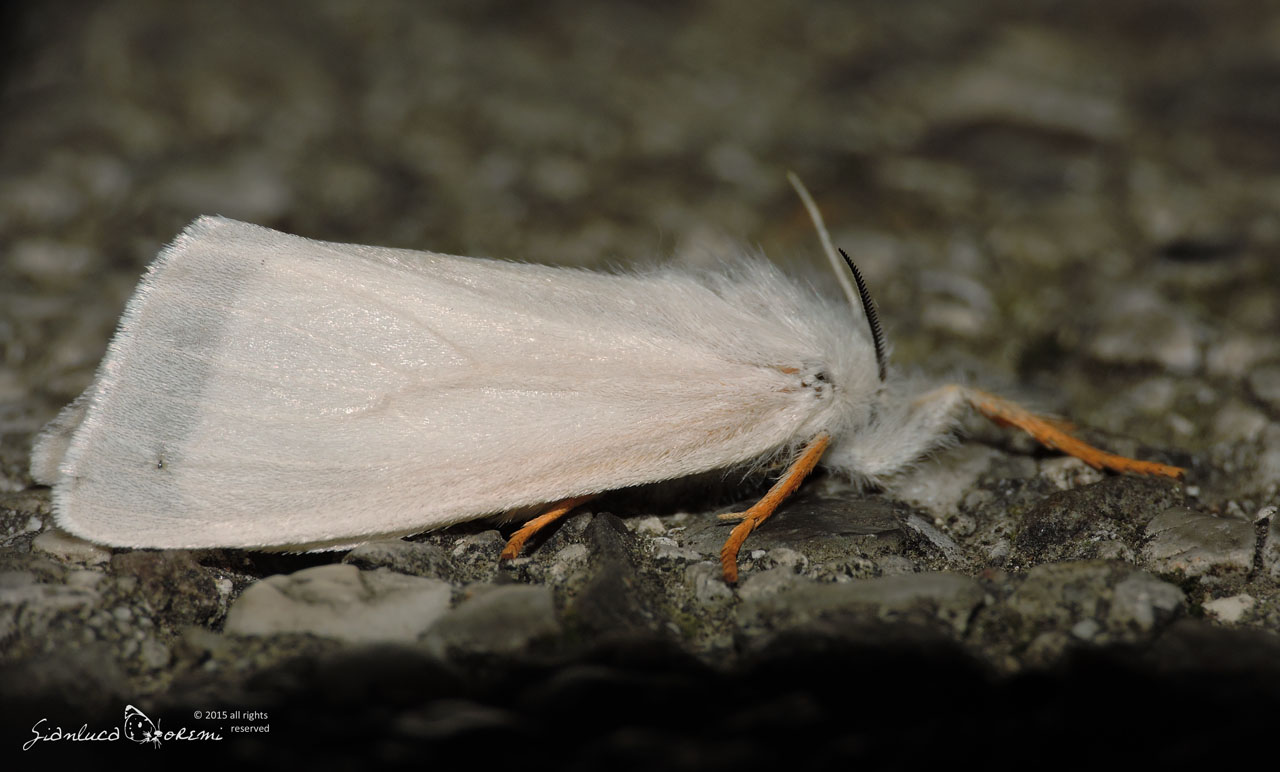
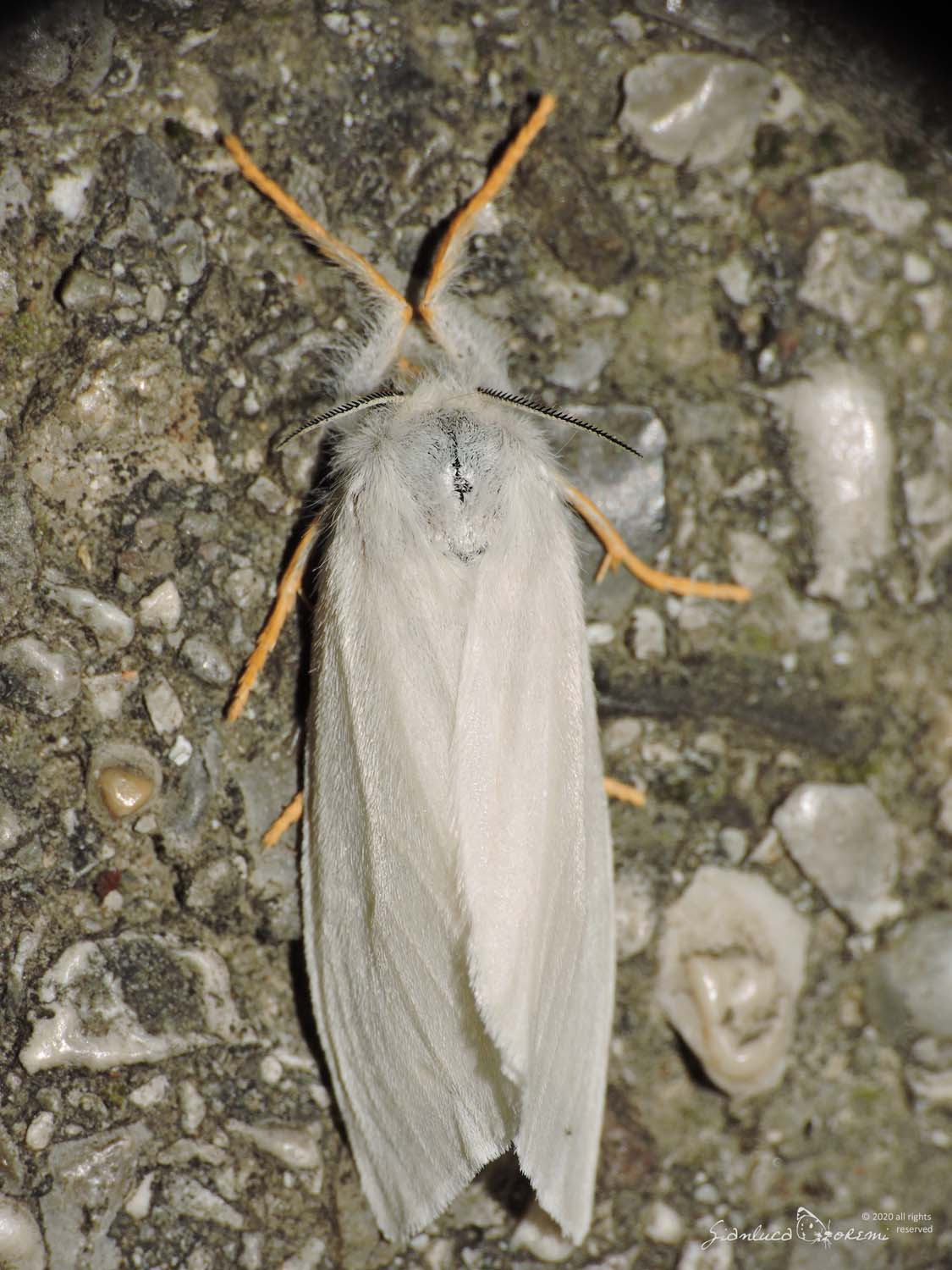
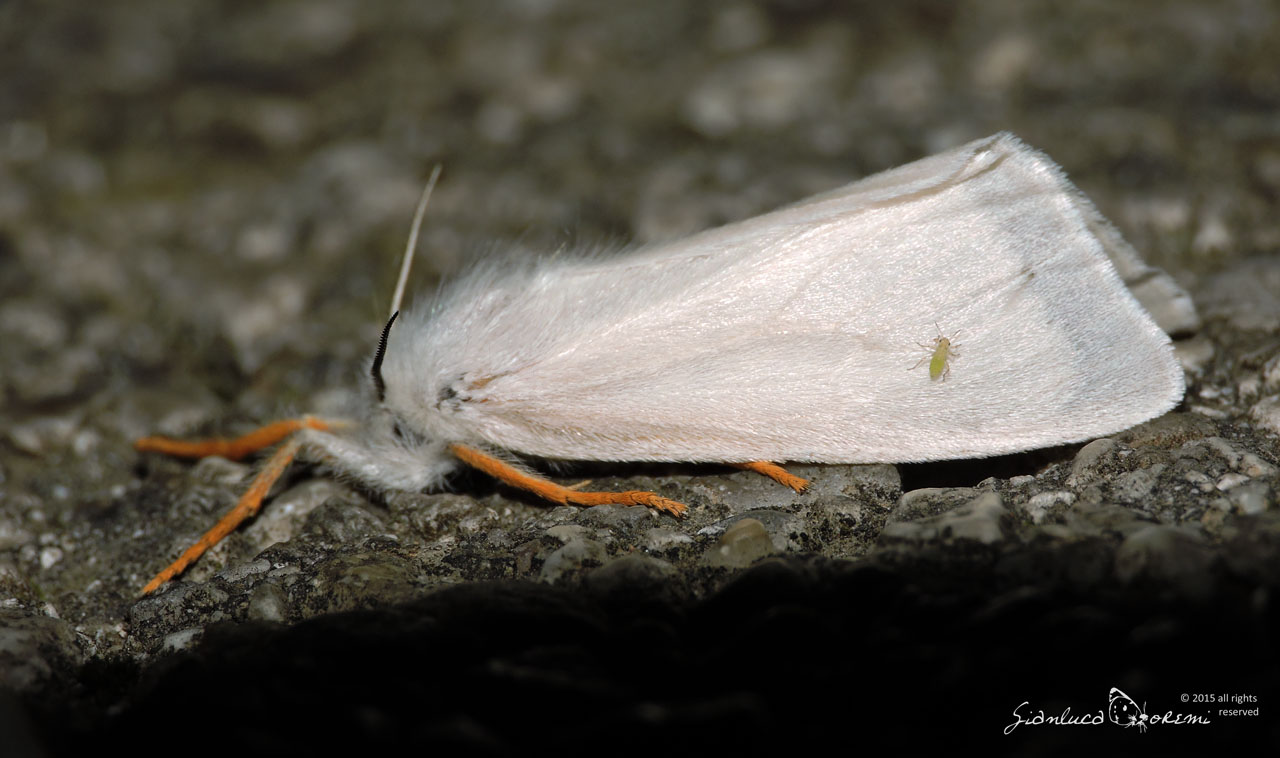




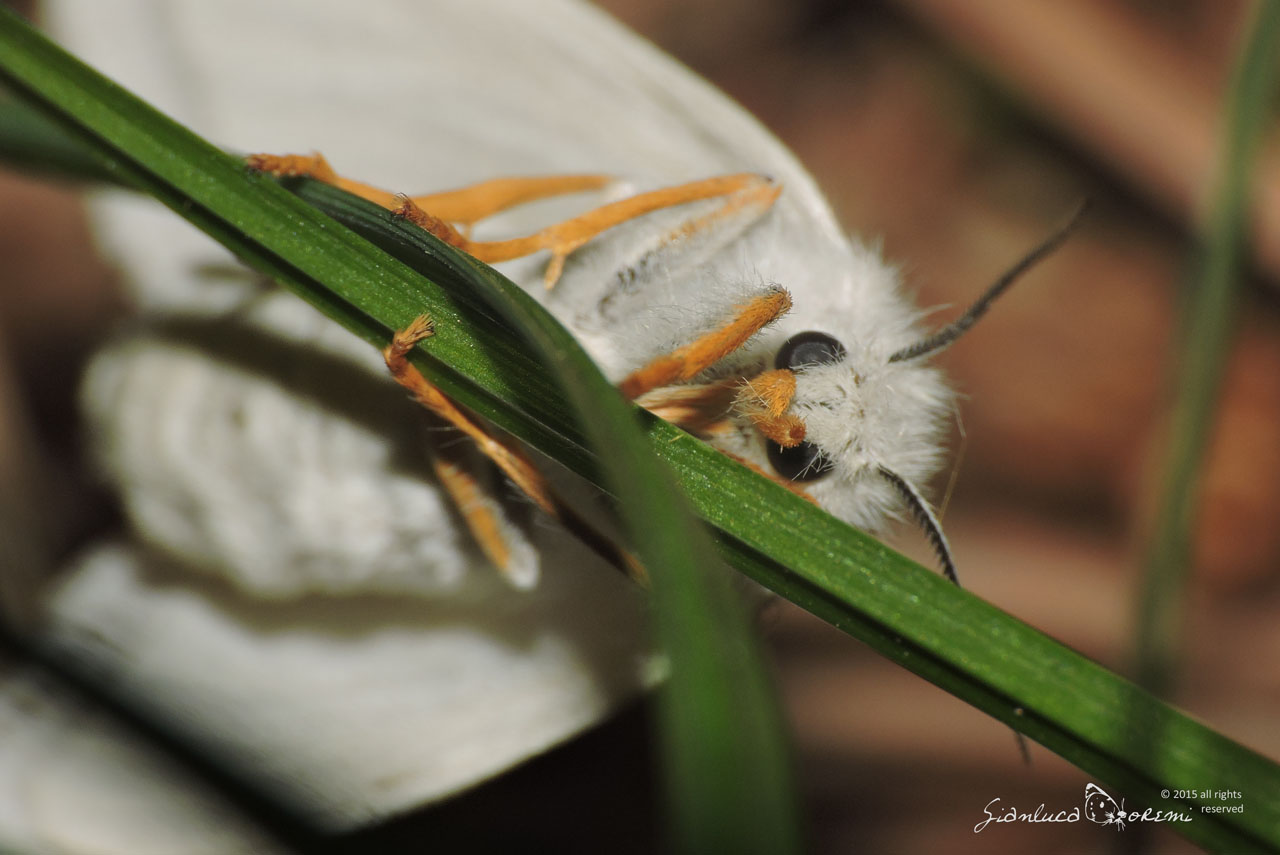
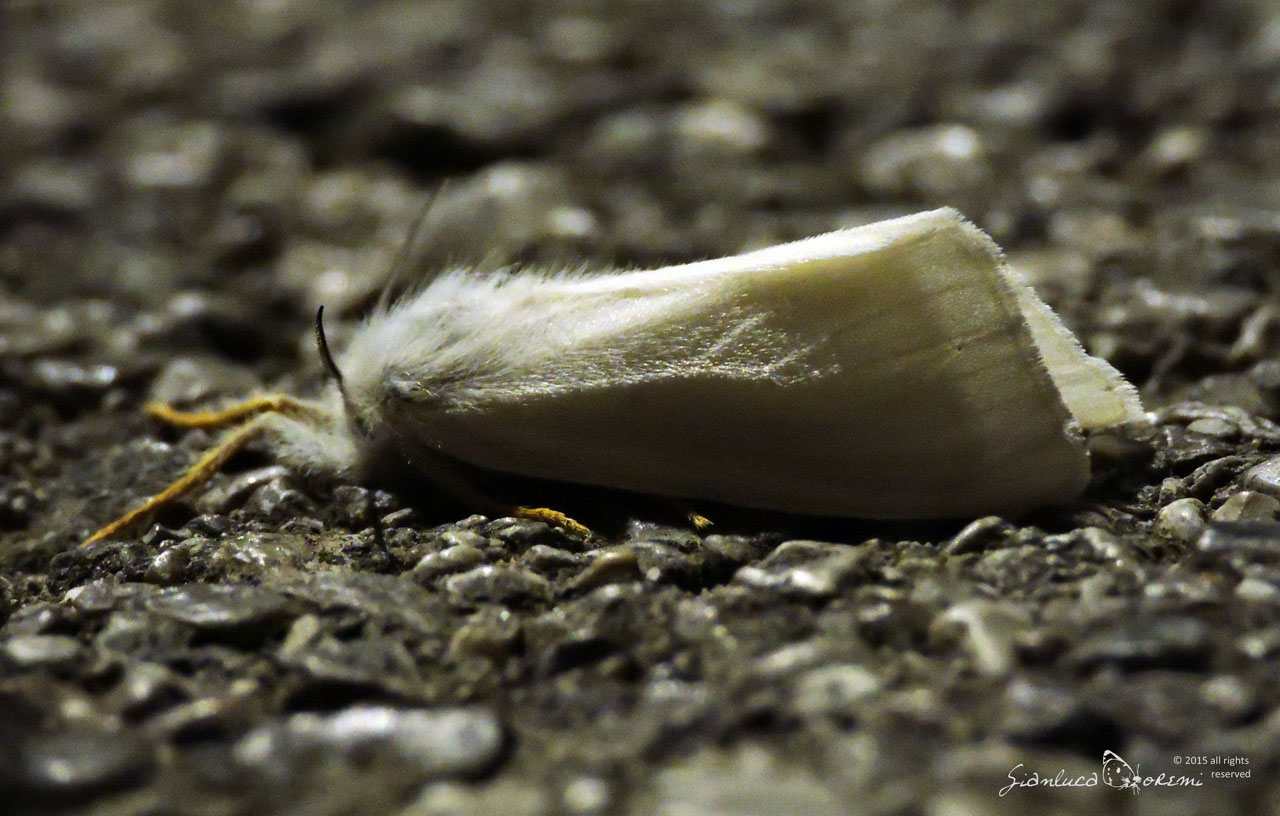
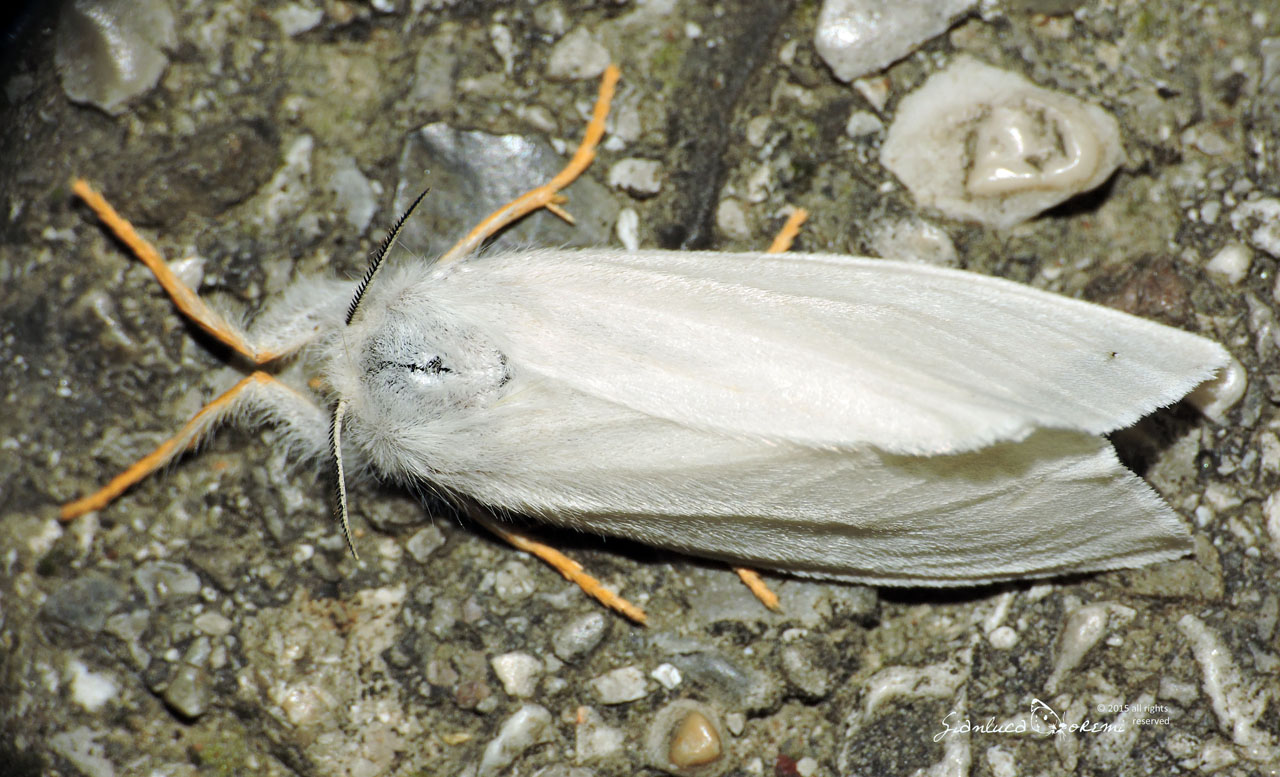

 EN
EN ITA
ITA
Social and publications